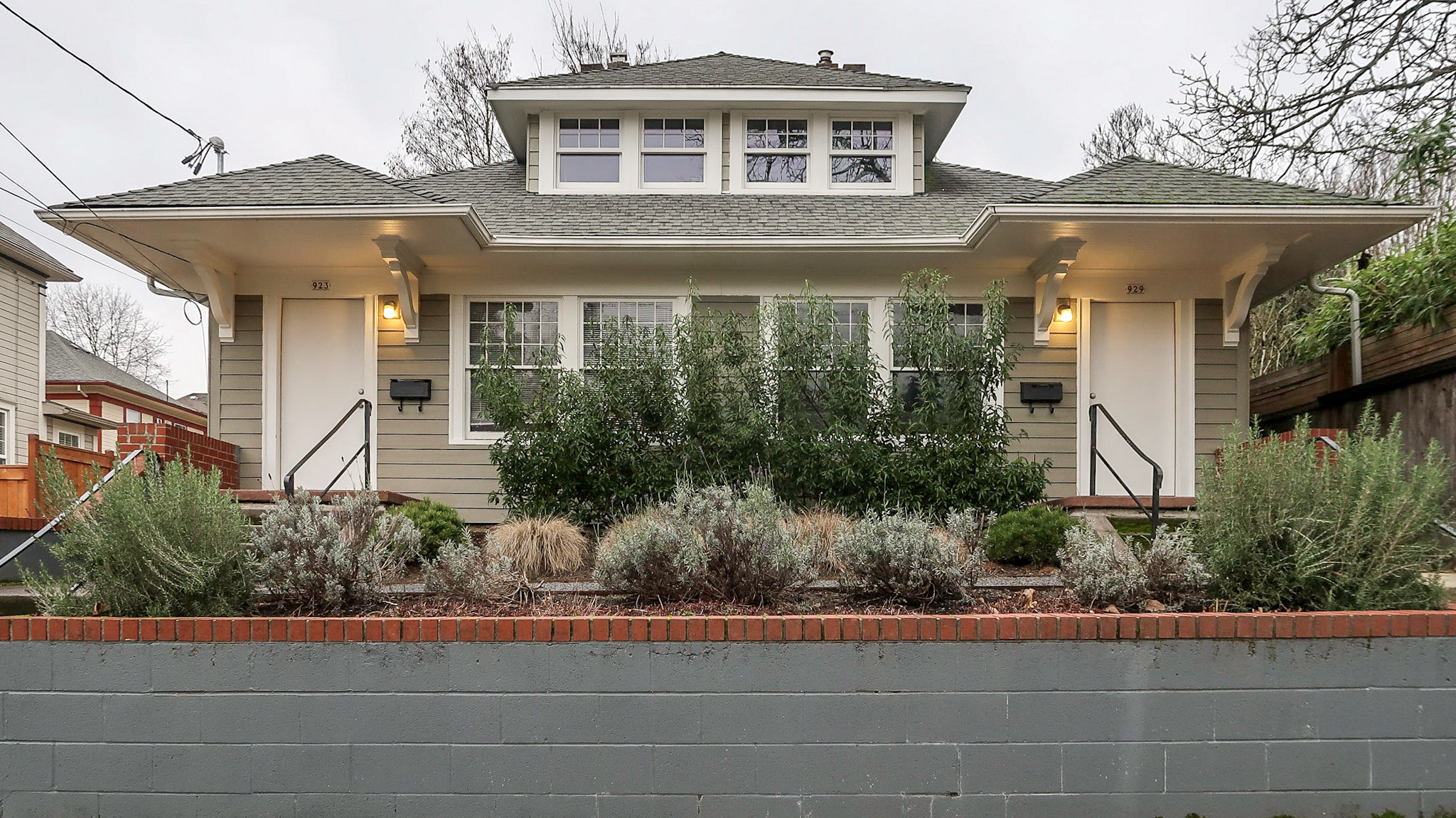Communities across the Puget Sound region continue to feel the effects of an affordable housing crisis driven by limited housing supply and increasing demand. To better address this crisis, cities should look at the home permitting and pre-construction process as an opportunity where improvements can create timeline and cost efficiencies. Moreover, balanced tree policies with well-defined rules and processes can improve predictability in the homebuilding process even further, facilitating much needed housing for those looking for a place to call home.
The reality is that lengthy and delayed permit approval processes add costs for everyone and uncertainty. The antidote to this comes when local codes are both easy to understand and consistently applied. This sort of predictability in the homebuilding process ultimately creates an environment where new homes can become available sooner.
Tree policies also can contribute to a lack of predictability when local codes are overly vague and open to interpretation, particularly around which trees could be removed and replaced. Seattle recently built more certainty into the city’s updated tree code, providing a clearer path for property owners to make decisions about where and how to build more housing.
When a homeowner wants to build an ADU on their property, predictability allows them to save money and time working with architects and contractors to get the required permits.
What does predictability look like in practice? For homeowners, it could be pre-approved ADU designs that put them on a fast-track to permitting and construction, such as the 10 design options the City of Seattle announced in 2020. For anyone involved in the homebuilding process, it could be legislation that streamlines permitting, which currently has an average approval timeline of more than 6 months in Washington and more than 8 months in King County. Senate Bill 5290 which was passed by the state this year is a positive step forward that should help with predictability in the long-term.
The examples shared above demonstrate that there are steps cities can take to make the homebuilding process more predictable and create more housing choices in their communities. Streamlining the permitting process and providing clarity in tree policies contribute to a more efficient process, helping to address the housing crisis without compromising our environment.

